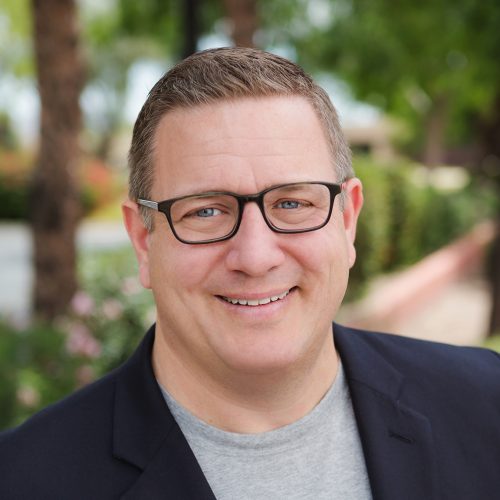

Sticking to the Essentials: How Doing Less Can Produce More
Lane Schonour, Vice President of Learning & Development
GCNA is an exciting place to work. With dozens of projects underway at any one time, we are constantly busy. That’s not a bad thing – busy is good. Being busy can be a great indicator of output, productivity, and growth. However, if we are not careful, becoming too busy can also lead to reduced output and productivity. In his book, “Essentialism: The Disciplined Pursuit of Less”, author Greg McKeown explores this idea and suggests ways to be successful by focusing on the essentials – both at work and at home.
The Paradox of Success
McKeown acknowledges that good, quality work is often rewarded by requests for more of the same. He also notes that, if we are not careful, blindly accepting each new work request and task can quickly cause us to spiral out of control. This spiraling process is outlined in what he calls, “The Paradox of Success”.
Phase 1 – Clarity of Purpose
In this first phase, we are able to see exactly what needs to be done, and we have the time and resources to focus on these projects. This can happen at the beginning of a new job, or at the start of a new project. Typically, our tasks are so well defined that we end up working on between one and three specific things at one time. When we are allowed to work in this manner, we are more likely to produce results that exceed expectations. In general, McKeown suggests that we should work hard to stay in this phase as much as possible.
Phase 2 –Becoming a “Go To” Person
When performance exceeds expectations, people notice. In this phase, great performers notice that the organization asks them to do more. They become a “go to” person. This phase can feel really good because it comes with praise, recognition, and often promotions and salary increases.
Phase 3 – Spread Too Thin
In this phase, McKeown notes that interpretation plays a key role. As a “go to” person, extra tasks and projects are advertised as “more opportunities”. While this may be true, they are also “more demands on our time and energy”. Simply put, we can find ourselves constantly trying to do more with less.
Phase 4 – Distractions Decrease Performance
As we try to do more with less, we notice that the time and resources that we had in Phase 1 are no longer there. We may start to miss deadlines, turn in work that is incomplete, or even forget to complete some tasks altogether. Now, busy is no longer good – it becomes a drain on the organization, as things need to be fixed or reassigned.
Avoiding The Paradox
As it turns out, there is an easy process we can use to avoid moving through all the phases outlined above. McKeown calls the philosophy behind the process Essentialism, and notes that the process requires “The disciplined pursuit of doing less”. In its basic form, the idea boils down to the ability to continually monitor your workload and to say no to, or restructure, requests for work that would cause your overall performance to suffer.
Step 1 – Explore and Evaluate
When you receive a new request or assignment from someone, make it a habit of considering the following questions:
What is my total workload right now?
How much of my time and resources will this task require?
Am I the right person for this work?
How does the task fit my overall set of work goals and the goals of the organization?
Interestingly, you can also use these questions to take inventory of your current workload. You may be surprised to find that a lot of what you are currently working on may no longer be as critical as it once was.
Step 2 – Eliminate
This step is self-explanatory. With the help of your team and your supervisor, use the data you collected in Step 1 to decide which projects will be eliminated from your immediate workload – or assigned to someone else. This does not mean these projects are not important, it just means they are not the most important projects for you to be working on right now.
Step 3 – Execute
This is your chance to shine. If you have successfully completed Steps 1 and 2, then you should have plenty of time and resources to devote to your workload. You have also increased your level of accountability. Taking ownership of your tasks means that there will be little tolerance for poor quality output.
Overall, adopting the essentialist process will not be easy, but can be extremely rewarding. It will take courage to advocate for yourself – to have the courage to say no to some things. It will also be hard to discipline yourself to “do less” in a society that seems to constantly celebrate those who “do more”. Remember, doing fewer things that are amazing will always be valued more than doing many things that are average.


